Discovering the perfect writing instrument can be a real quest. Platypus Pens is revolutionizing the scene with stylish 3D-printed fountain pens that offer top-notch comfort. This guide dives into everything from their precise construction to unique customization options, providing you with all you need to make an informed choice.
Keep reading; your ideal pen awaits!
Key Takeaways
- 3D printed fountain pens use precision machining for exact part fits and a smooth writing experience.
- These pens feature customizable options, including color, pattern, and nib size for personal style.
- Platypus Pens offers bespoke pens that are tailored to individual writing habits and hand fit.
- High – quality materials like PLA plastic ensure durability in various designs like the terracotta filament.
- When buying a pen, check the nib type, grip comfort, printing process quality, and posting security.
Construction and Design of 3D Printed Fountain Pens
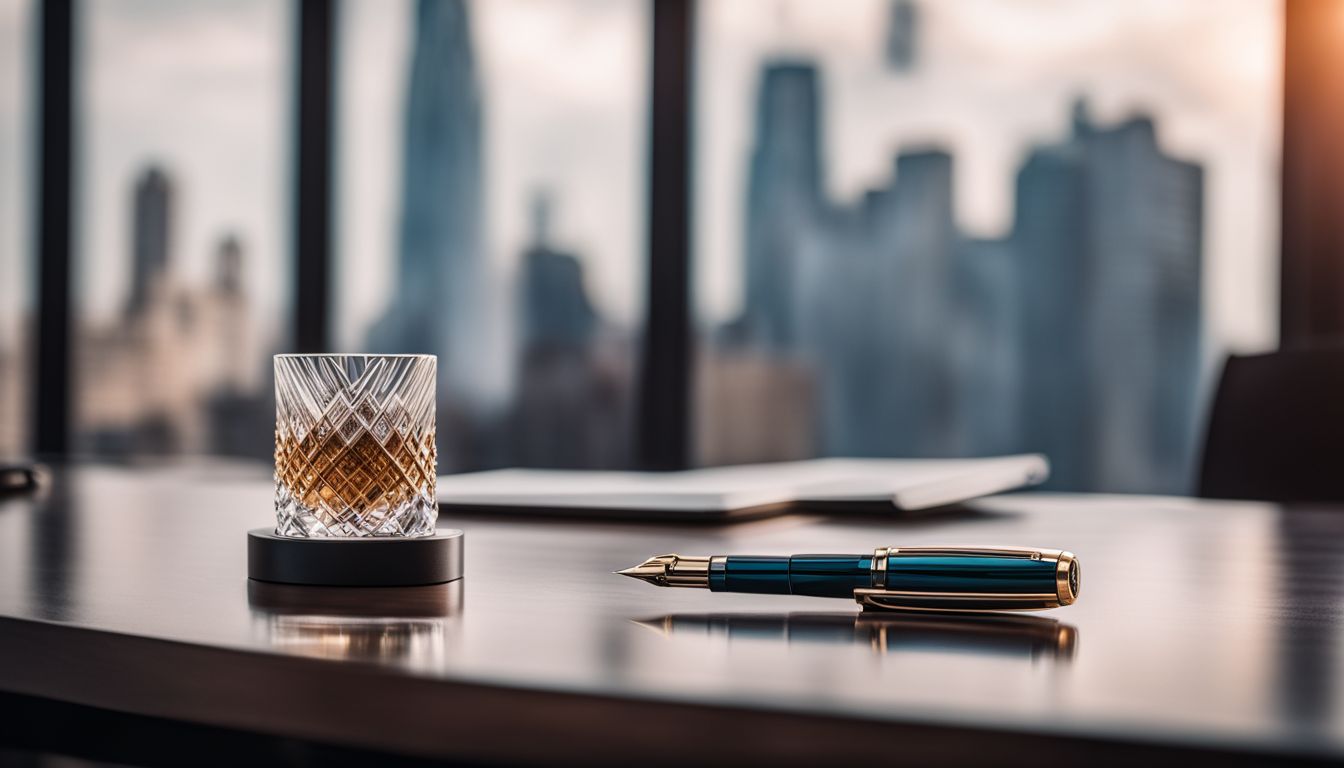
Delving into the realm of 3D printed fountain pens, one discovers a world where cutting-edge technology meets traditional craftsmanship. The intricate construction and thoughtful design define these innovative writing instruments, promising durability and a touch of personal flair that reflects the individuality of their users.
Precision Machining
Precision machining shapes each part of a 3D printed fountain pen with incredible accuracy. This process ensures that the seven nesting components fit together perfectly. The result? A pen that not only looks stunning but feels just right in your hand.
The layers added during printing are so fine they catch and reflect light, giving the pens a unique shine. It’s like holding a little piece of crafted sunlight. Precision isn’t just about beauty, though; it means these pens work smoothly every time you use them, letting your words flow onto paper without a hitch.
Proprietary Printing Process
After creating the pen parts with precision, a special printing process comes into play. This method stacks fine layers of plastic to make each component. These layers catch and reflect light, giving the pens their unique shine.
The printer works with great care, adding one thin layer after another.
Each piece of the fountain pen is crafted using a proprietary technique that ensures durability and elegance. Seven nesting components come together like a puzzle, all printed from plastics chosen for strength and beauty.
This careful process results in a pen that’s not just functional but also visually stunning.
Unique Features and Customization Options
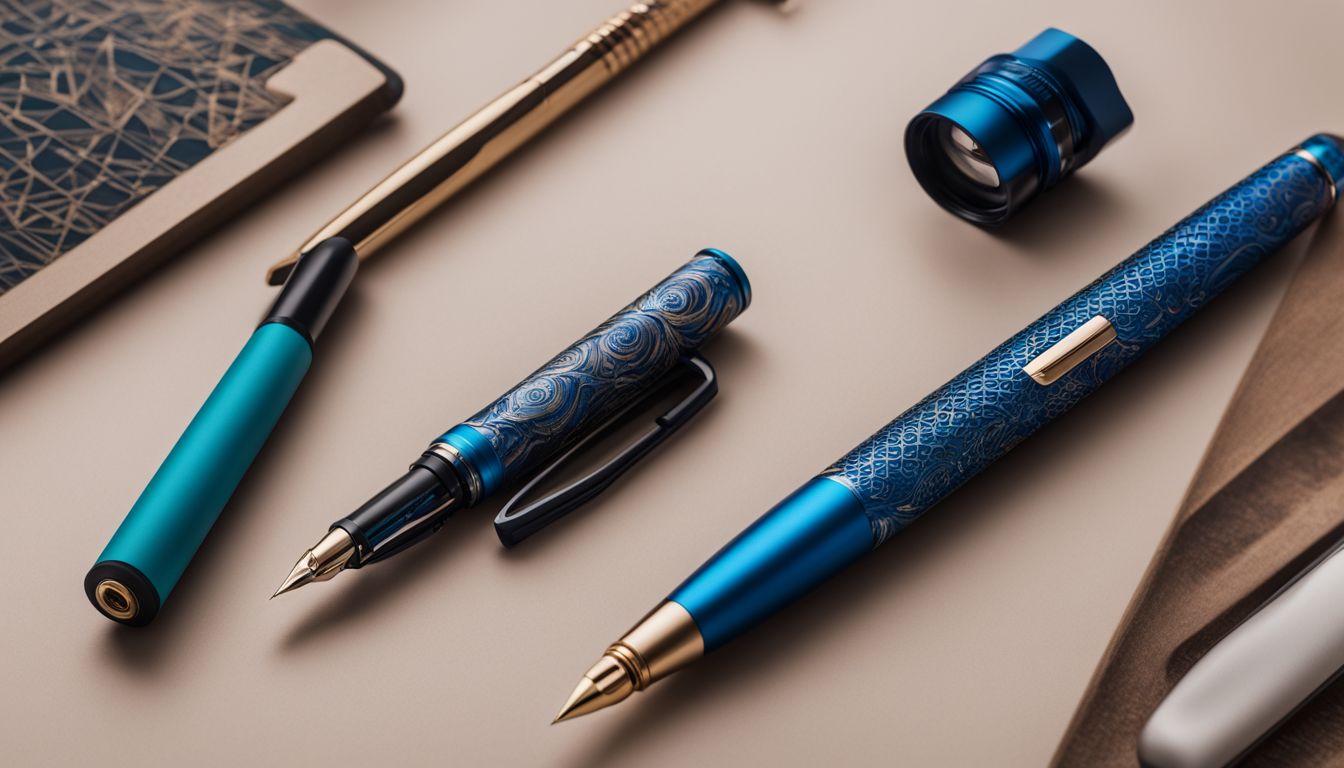
3D printed fountain pens pack a punch with their unique features and customization options. These features set them apart from traditional pens, offering a tailored writing experience.
- Model 1 pens stand out with #5 sized Jowo nibs, providing a smooth ink flow for different writing styles. They also boast deep, secure posting for a comfortable and stable grip.
- The creation of these pens involves precision machining, ensuring each part fits perfectly for a seamless look and feel.
- Using a proprietary printing process, manufacturers can produce pens with fine layers that lead to a shining, glistening appearance, setting them apart visually.
- Owners can choose from an array of colors and surface patterns made from PLA plastic — giving each pen its personality.
- Model 10 pens go big with #6 sized nibs allowing for bolder strokes and sturdier construction, perfect for those who prefer a heftier writing instrument.
- These pens also offer different patterns to choose from; the terracotta filament option provides an earthy vibe unlike any other pen on the market.
- Customization goes beyond colors and patterns—seven nesting components come together in the construction of these pens; each is 3D-printed using plastic with specific characteristics to meet individual needs.
Bespoke 3D Printed Fountain Pens: Beyond the Standard Models
Bespoke 3D printed fountain pens go beyond what you see in stores. They let you choose your own style, features, and details. Imagine a pen that perfectly fits your hand and writing habits.
Michael Lew at Platypus Pens can make that happen for you. He uses precision machining to create a pen just for you.
Every detail reflects your taste—from the size of the nib like Model 1’s #5 or Model 10’s #6 to patterns unique as terracotta filament options. These custom-made pens shine brightly with fine-printed layers catching every ray of light.
And they’re not just about looks! Feel confident having a secure posting experience with deep posting designs or pick an ink system that suits you best, whether it’s cartridge converters or a variety pack of cartridges for those always on the move.
Each bespoke pen brings personalization to another level, making it more than just a writing tool—it’s yours in every way.
Purchasing a 3D Printed Fountain Pen: What to Look For
Buying a 3D printed fountain pen is exciting but requires attention to detail. You need to know what makes for a good purchase.
- Check the nib size and type. A quality nib like the #5 sized Jowo ensures a smooth writing experience. Platypus Pens include these tested nibs right out of the box.
- Look at the pen’s grip section. The Model 10 pens boast a micro-textured grip for comfort during long writing sessions.
- Consider the material of the pen. Pens made from PLA plastic are durable and come in various colors and patterns, including terracotta options.
- Examine posting depth and security. Deep, secure posting means your pen cap won’t fall off while you’re writing.
- Find your style among many designs. A wide range of colors and unique surface patterns can match your personal taste.
- Decide on pen size based on hand fit. Medium-sized pens like those offered by Platypus Pens can balance well in most hands.
- Learn about the printing process used. A proprietary process ensures precision machining for high-quality construction.
- Contact the maker directly before buying. For personalized service, reach out to Michael Lew via the ‘Contact Us’ page with any questions or preferences.
Conclusion: Embracing the Evolution of Writing Tools
Your journey into the world of 3D-printed fountain pens starts now. Embrace these innovative writing tools, each offering unique design and personal flair. You have what it takes to find a pen that fits your style and writing needs.
Dive into customization options that make your pen truly yours. The future of writing is in your hands – enjoy every stroke!
FAQs
1. What’s so special about 3D printed fountain pens?
Hold on, you might think a pen is just a pen, right? But nope. 3D printed fountain pens are unique because they can be custom-made to fit your hand perfectly. Plus, the designs—you wouldn’t believe how cool and personalized these things can get.
2. Can anyone create their own 3D printed fountain pen at home?
Well, here’s the scoop: if you’ve got access to a 3D printer and some know-how, you could totally make your own fountain pen! It sounds like a DIY dream – just remember, it takes a bit of practice to get it perfect.
3. Are 3D printed pens durable compared to traditional ones?
Some folks might doubt it, but guess what—these pens can be super sturdy! They’re made from solid plastic layers bonded together which means they can take quite the beating. So don’t worry about them breaking easily; they’re tougher than they look!
4. Do I need special ink for my 3D-printed fountain pen?
Now here’s what’s exciting – you use regular fountain pen ink for these high-tech wonders! Just fill ’em up as usual and start writing those thank-you notes or epic fantasy tales—or hey, even your grocery list will feel fancier.
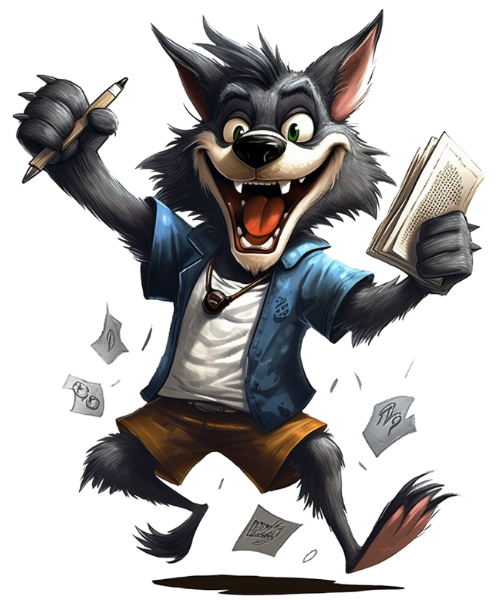

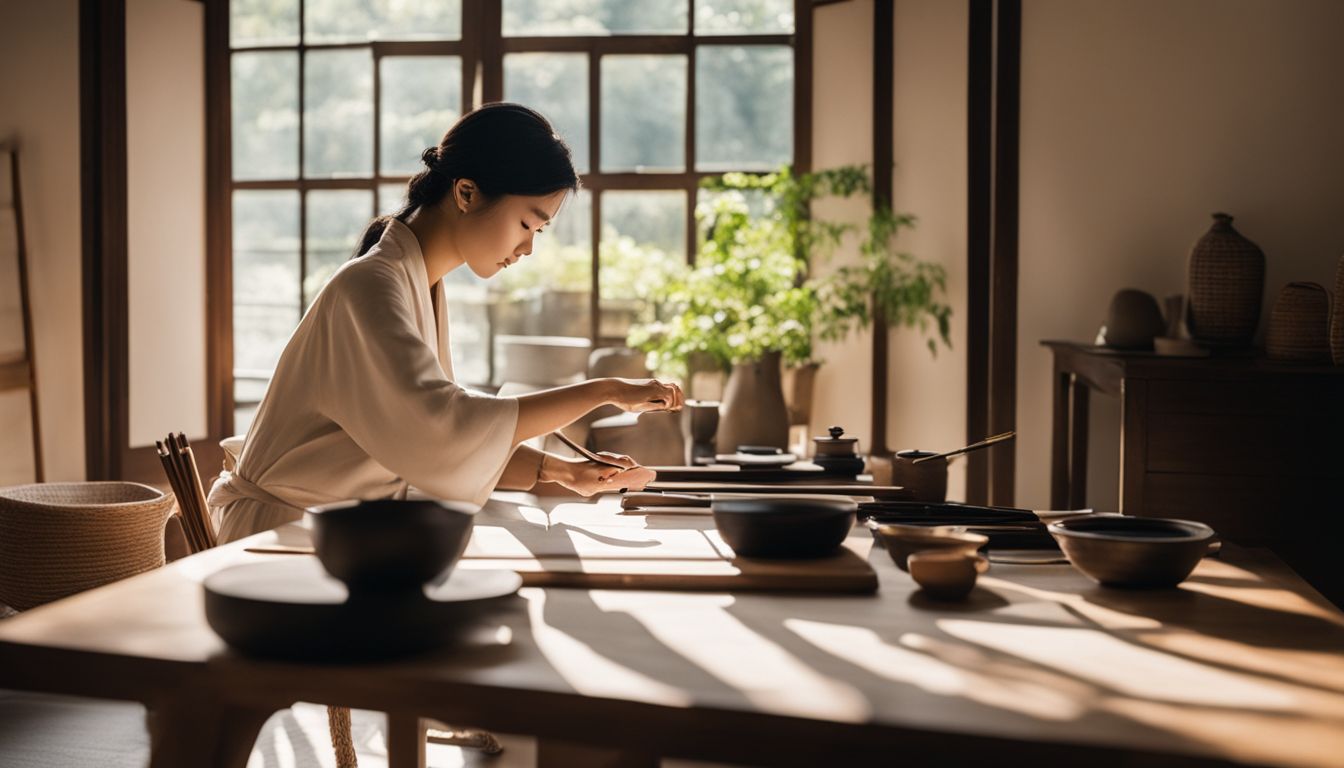
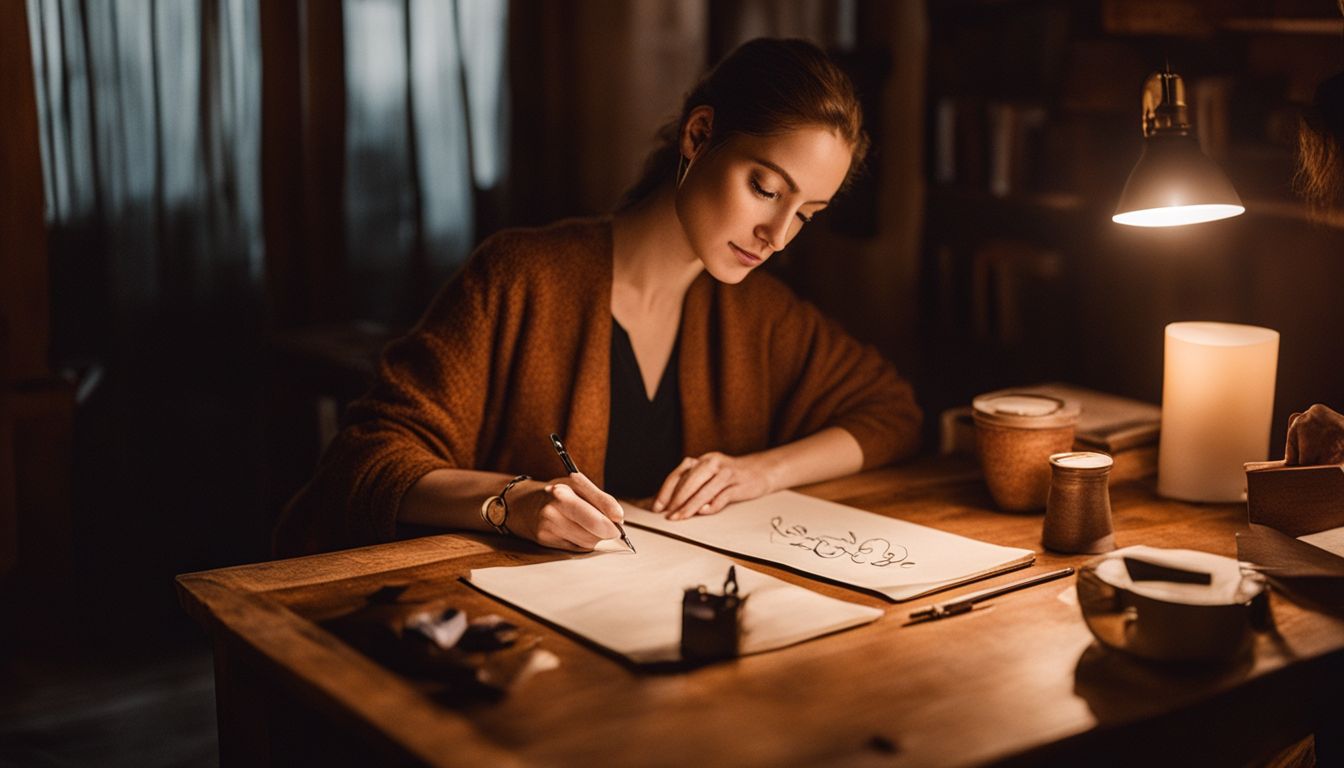
Leave a Reply
You must be logged in to post a comment.